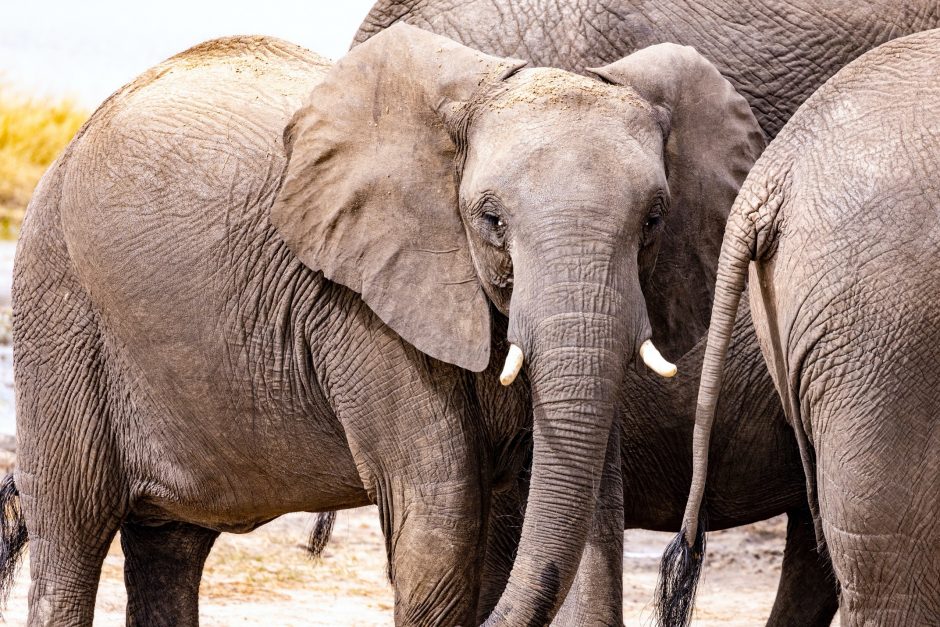
Elephants of Zimbabwe
Africa never ceases to inspire me and each time I am fortunate enough to visit this amazing continent, I return home with new ideas, new appreciation, and of course thousands of photos.
Having recently returned from a novel expedition in the interior of Africa, deep in the wildernesses of Zimbabwe, I had an experience with the elephants of Africa like never before…more sightings, more incredible sightings, and a heck of a lot of inspiration about what the future of elephants looks like in Southern Africa.
The big ahh haaah moment came for me when I arrived in Hwange National Park, the largest national park in the entire country, and a key area for WWF’s KAZA project…an ambitious program to create one of the largest conservation areas in the world by linking natural areas and national parks in five Southern African nations.
It turns out that Zimbabwe, and perhaps specifically Hwange National Park, is one of the best strongholds for creating elephants. That is, Hwange is a source of elephants, and through the amazing conservation work of WWF and others, it is responsible for repopulating vast regions of Africa with healthy elephants. This is all due to the high quality habitat, immense amount of space, and good protection offered by this esteemed national park.
What I love about this is not just the fact that we saw droves of elephants, but that they fit into this extremely important and interesting story of conservation…a conservation first, in a way, due to the scope and grandeur of this KAZA project.
What followed in the coming days was absolutely mesmerizing. Join along…photographically!
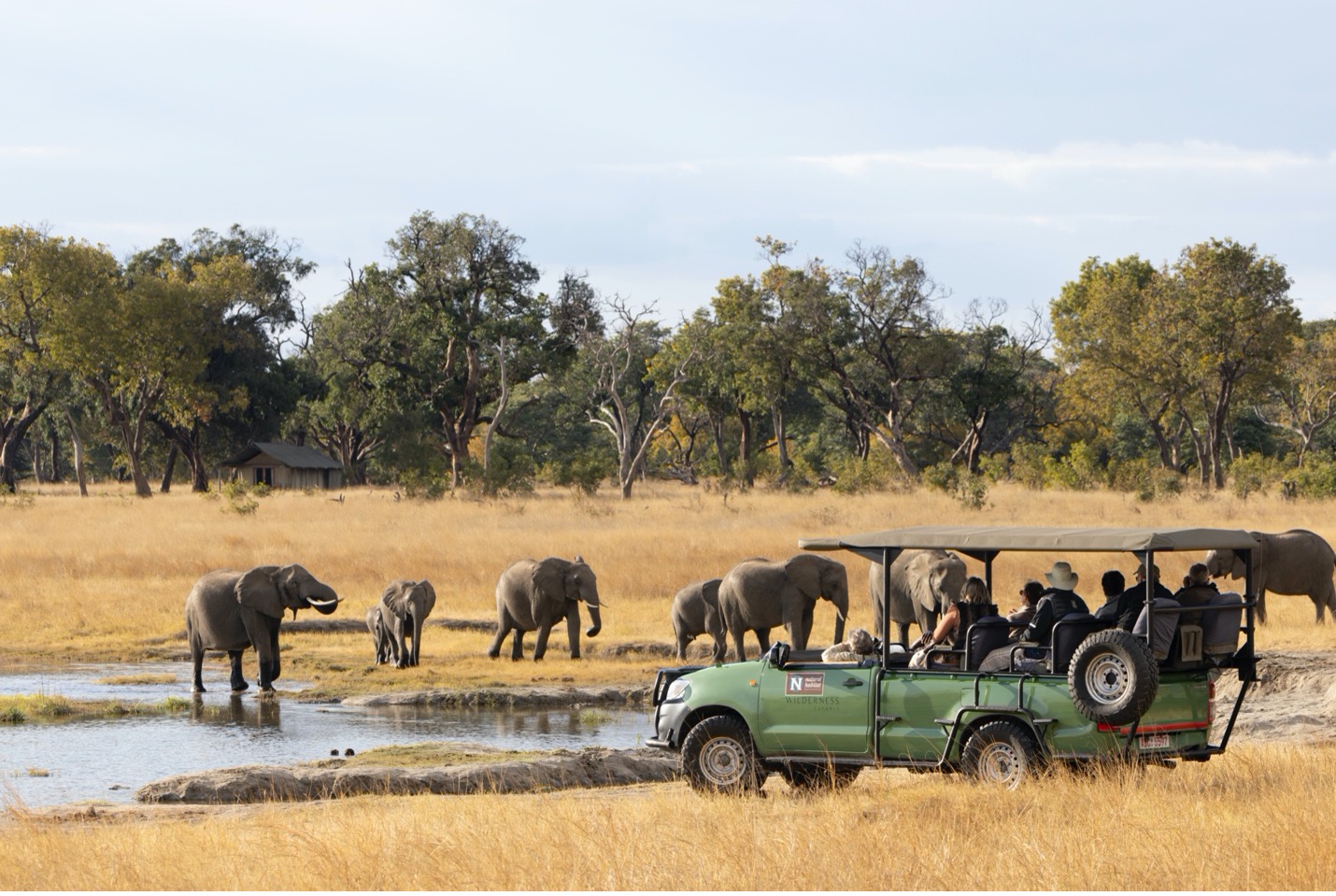
In Hwange National Park, watering holes are the heartbeat of Africa—and they are plentiful. It is this life source that many believe is the key to the impressive herds and great numbers of elephants in Zimbabwe.

A special feature to several of the watering holes close to camps were small “hides” outfitted behind felled trees. Outfitted with a photographic platform and even chairs, these little abodes were comfy and provided the best view for the “evening entertainment.”
Routinely, elephants decent upon the drinking water as the sun sets, creating an amazing symphony of sights and sounds, as elephants loudly lap their libations while the sun turns to a dusky purple blue. Night falls in the savanna.
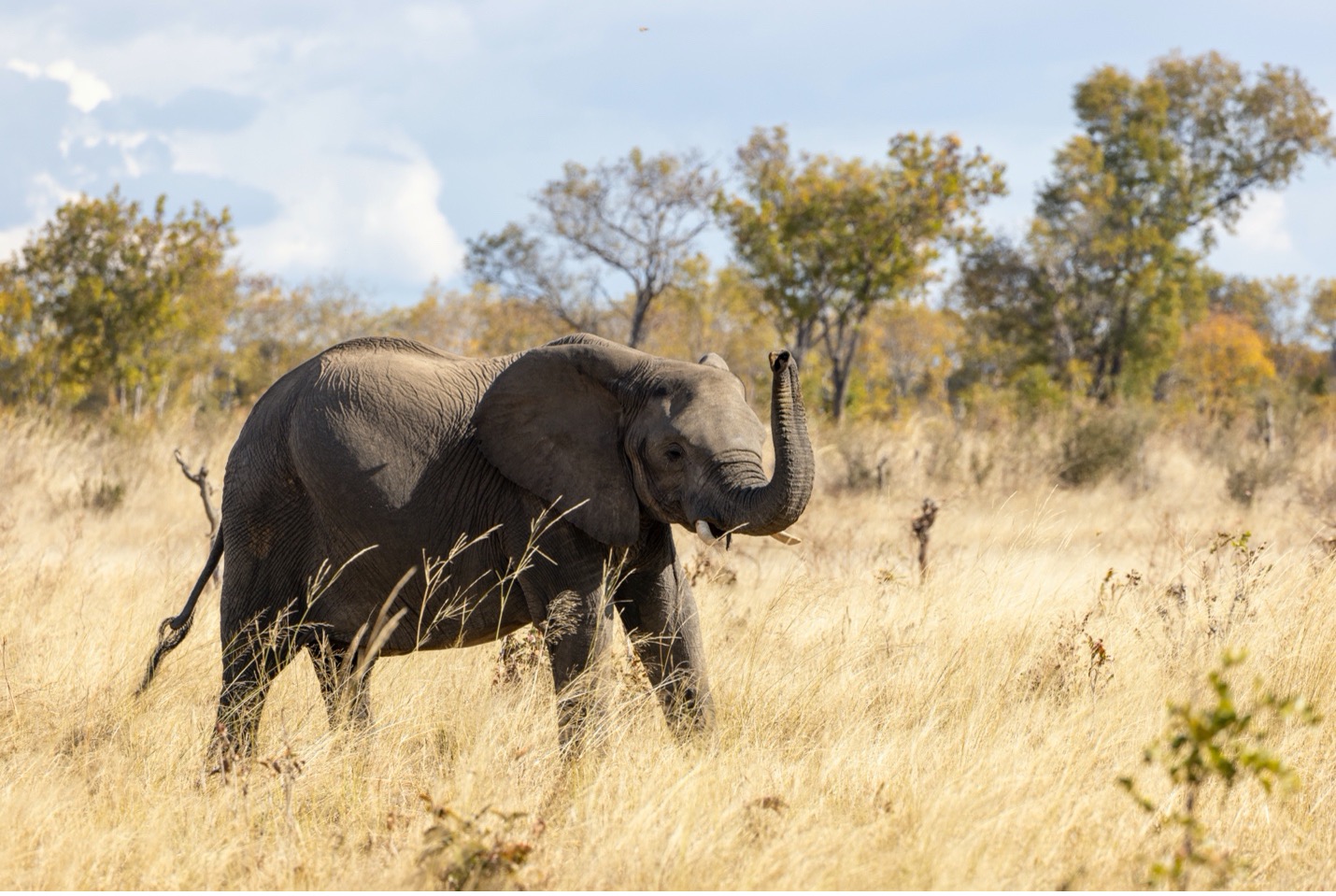
With so many extraordinary sightings, we were treated to a range of behaviors and antics from the elephants. We could just sit and watch (and photograph!) these gentle giants for hours.
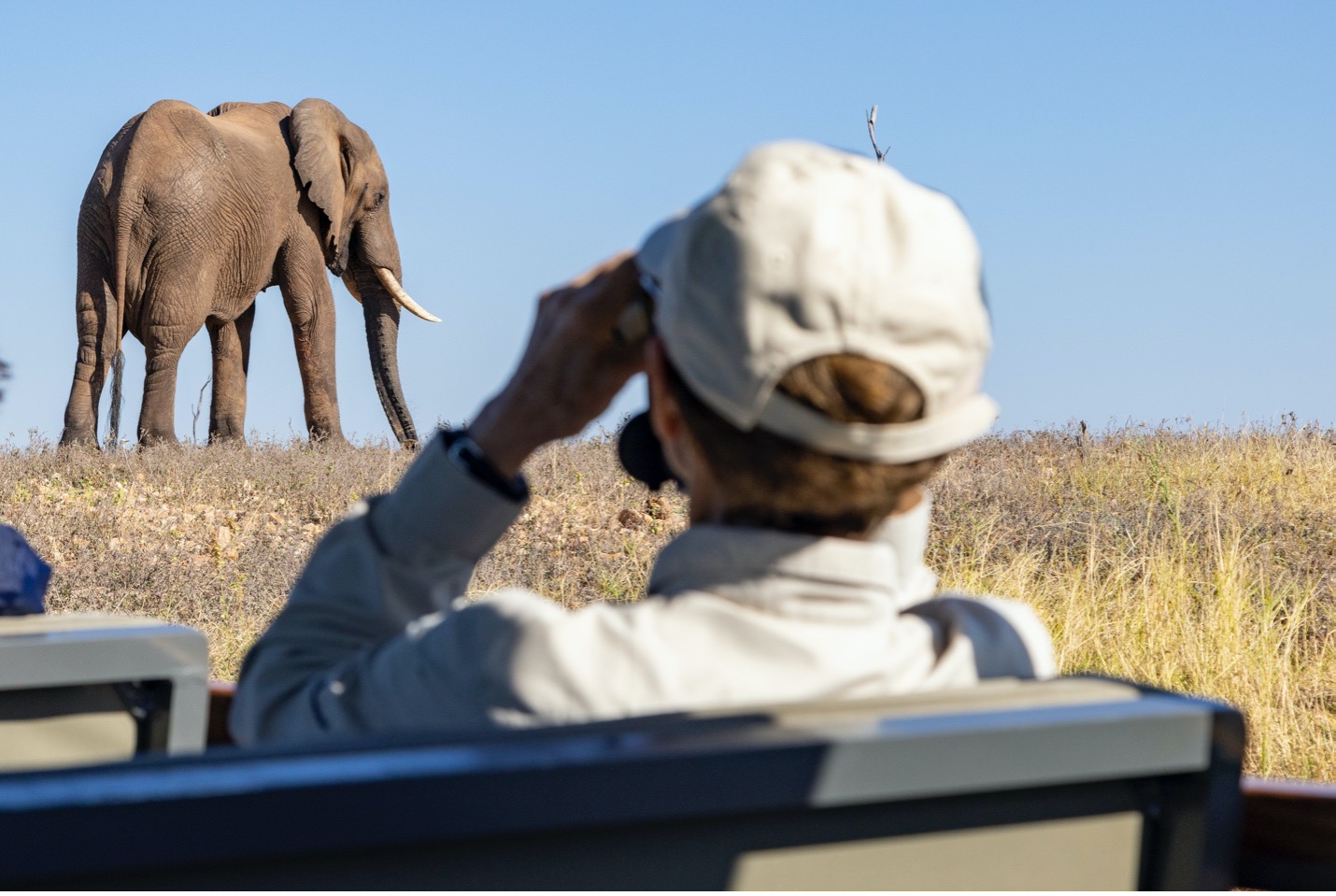
A unique attribute of this particular safari was the fact that we spent the middle of our adventure on Lake Kariba on an exquisite riverboat. Here, our safaris were boat-based and gave us a really special perspective of elephants from the shoreline…oftentimes just below them as we floated on the water around their grazing areas.

Just that small change in our height (i.e., being on water level) creates a subtle difference in the angle of view and makes these towering animals even more massive.
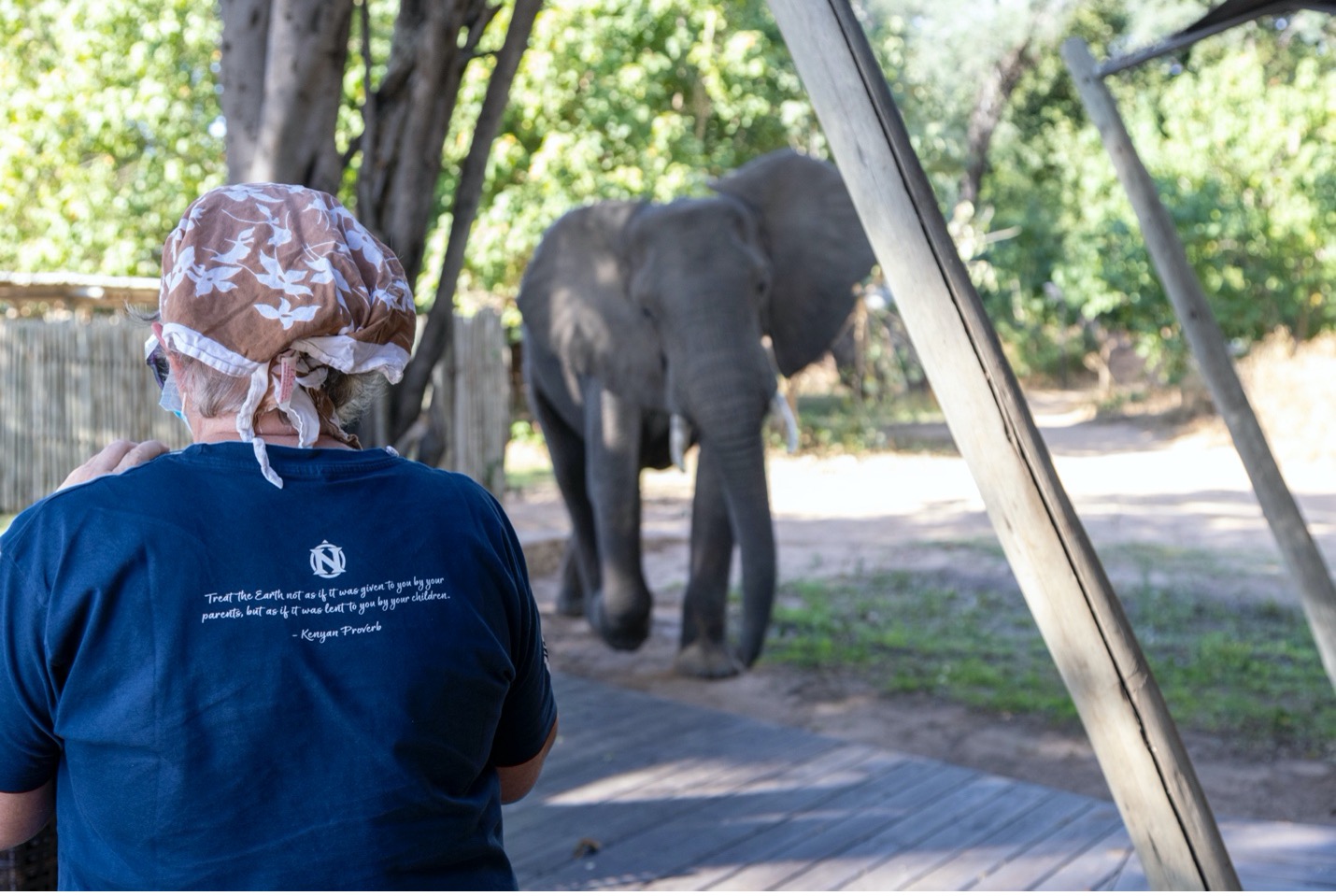
Elephants know no boundaries and despite best efforts of camp staff to keep the eles off the boardwalks, they sometimes crashed the party for tea time or happy hour.

Africa is yet another reminder of the wondrous world we have out there filled with extraordinary critters. For me, on this expedition to Zimbabwe, it was a reunion with one of the grandest safari species on the planet—the majestic elephant.
Learn how to compose powerful images of elephants and other BIG animals in my Daily Dose of Nature Webinar.
Cheers!

Court
Leave a reply